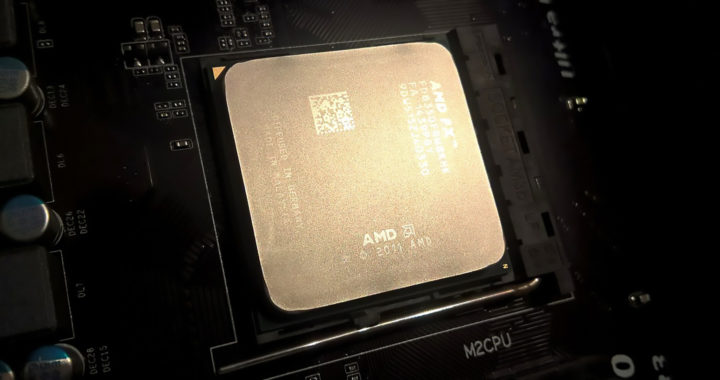A key principle in the product strategy of AMD is a unique value proposition that centers on balancing price and performance. This proposition is supplemented by other elements of its marketing strategy and its overall pricing strategy. It is also important to underscore the fact that the pricing strategy of AMD complements its distribution strategy and promotion strategy.
Understanding the Pricing Strategy of AMD: Using Pricing as a Source of Competitive Advantage
American Micro Devices or AMD has historically positioned itself as a more alternative to Intel Corporation. The specific product strategy of the company is to develop and market semiconductors with a better price-to-performance ratio than other semiconductor companies. This means offering its products at a lower price point than the dominant competitor. The following are the specific details and explanations behind its pricing strategy:
1. Penetration Pricing Strategy
The launch of the first AMD Ryzen processors in 2017 had a marketing messaging that revolved around strong performance and competitive pricing compared to Intel Core. This is a prime example of a penetration pricing strategy. The company has set the prices of most of its products lower than their counterparts from competitors to attract customers and gain a significant market position as quickly as possible.
It is also important to note that the aforesaid pricing strategy of AMD has supplemented the specific value proposition of Ryzen processors. These CPUs have a better price-to-performance ratio than CPUs from Intel due to their higher core counts. Hence, because of these core counts, in addition to their lower price points, they tend to perform better in tasks that require multi-core processing capabilities than a same-price Intel Core processor.
The company uses this same pricing strategy to market its Radeon brand of graphics processors and compete against Nvidia Corporation and its specific high-priced line of graphics processors. AMD adopts conservative price points to enter the user-end segment and business segment of the GPU market. Nvidia still has the best-performing high-end GPUs but AMD has respectable strengths in the entry-level and mid-range segments.
2. Value-Based and Cost-Plus Pricing
Take note that the pricing strategy of AMD is not limited to penetration pricing. It also uses elements of a value-based pricing strategy. This strategy generally involves setting prices based on the perceived or estimated value of the product to the customer. Hence, for chipmakers like AMD, this means setting prices in consideration of factors like performance, features and capabilities, and specific product benefits.
AMD has demonstrated this strategy through some of its products. Take note that the Ryzen brand of processors might be more affordable in general but some of the top-tier ones can be as expensive as or even more expensive than equivalent Intel Core processors. This has been demonstrated in its Ryzen Threadripper line of processors that are aimed at the high-end desktop or enthusiast and high-performance workstation markets.
It is also important to underscore the fact that the company sets its price based on the principles of cost-plus pricing. This involves factoring in the cost of production and profit margin. AMD can still utilize penetration pricing in several of its products through specific tactics within its product strategy aimed at lowering production costs. These include manufacturing outsourcing and three-dimensional stacking manufacturing processes.
A Note on the Pricing Strategy of AMD: Current Concerns Due to Limitations and Possible Directions
The aggressive pricing strategy of AMD has enabled it to gain a relevant market share in the CPU market and an emerging presence in the GPU market. The company used to struggle against Intel for the longest time since it was founded. However, due to its focus on research and development, and its utilization of contract manufacturers like TSMC, in addition to its penetration pricing strategy, it has gained a significant market position.
Of course, despite its advantages, penetration pricing has disadvantages. It limits the earnings potential of AMD and exposes it to heighten financial setback risks. However, because it does not have a commanding position that would lower the bargaining power of the customers, it needs to keep its prices low. The company would still utilize the same pricing strategy for its GPUS to expand the addressable issues in the GPU market.





